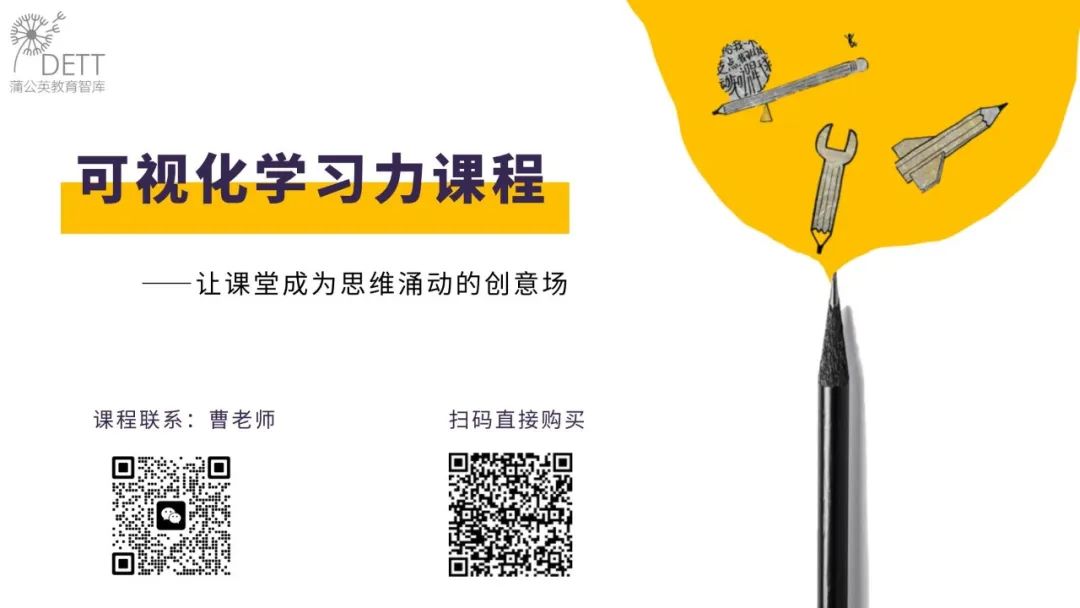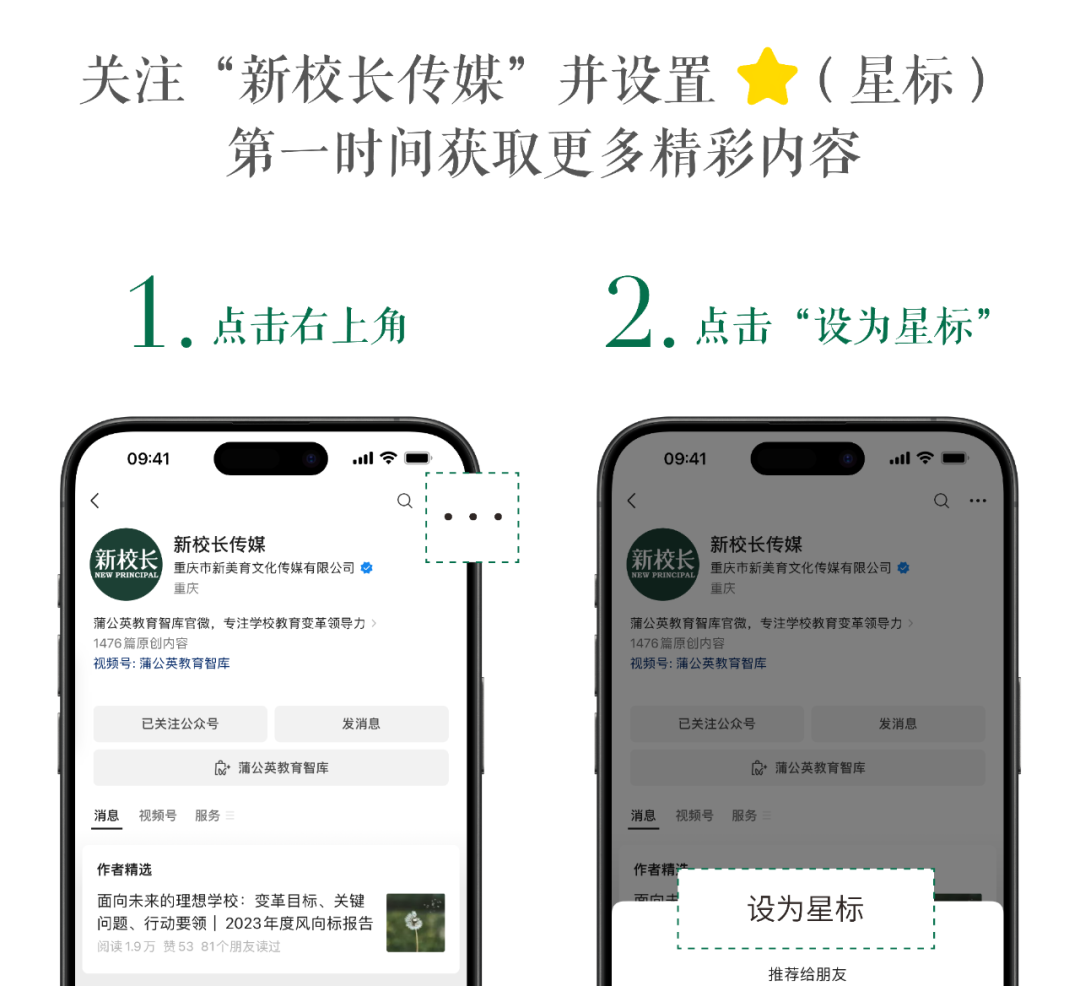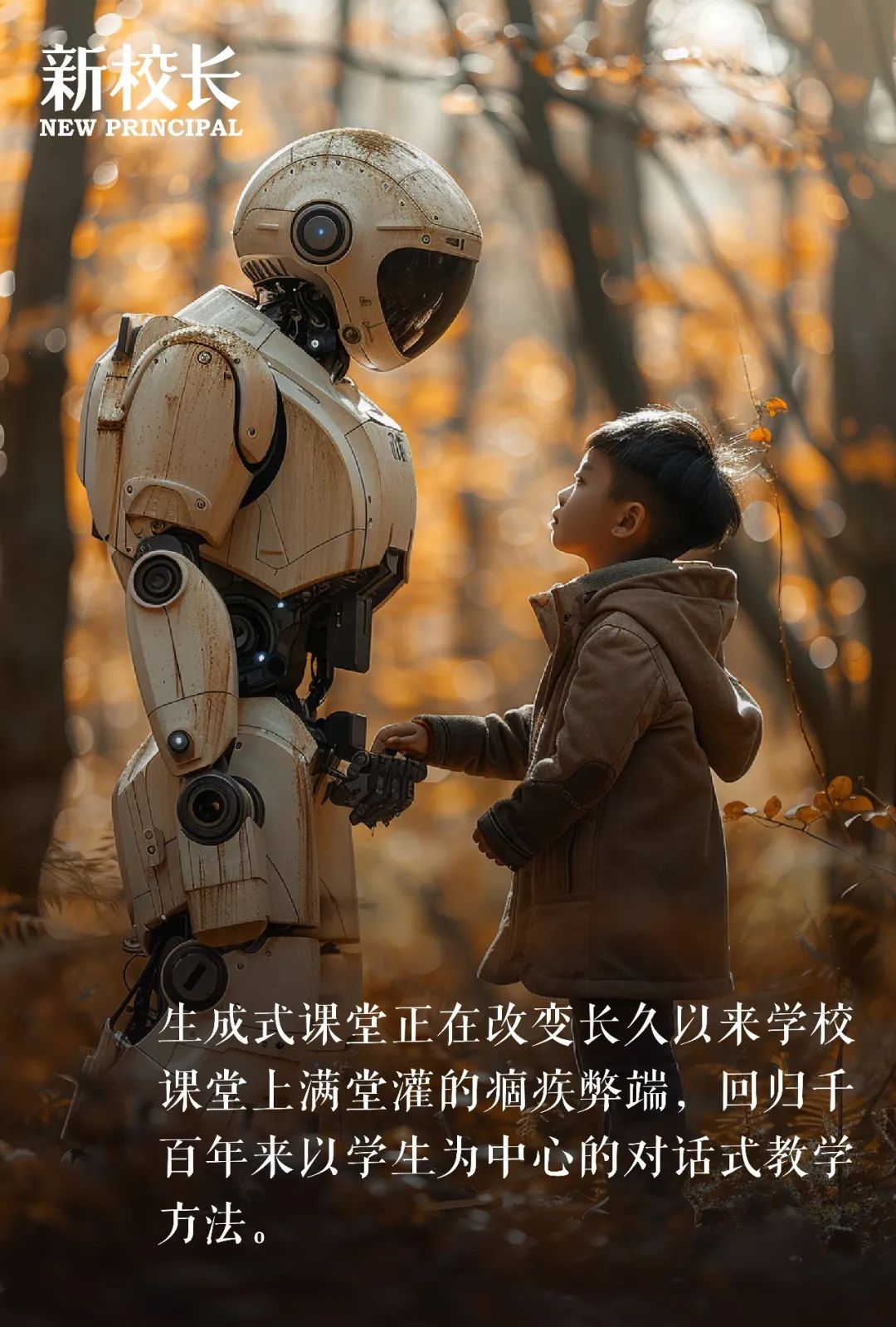
 Generative Artificial IntelligenceWhat New Changes Does It Bring to the Classroom?In the winter of 2023, I participated in a teacher training program in Tianhe District and Baiyun District of Guangzhou. The theme of the training was to help every teacher learn to use generative artificial intelligence to assist in teaching and to design unit teaching plans based on the new curriculum standards.The first warm-up activity of the training was to have each teacher open the Taobao APP on their mobile phones and input “Taobao Q&A” into the search box, saying: Please design a unit teaching plan for the course XXX. When each teacher saw lines of lesson plan text appearing on their phone screens, the atmosphere in the venue instantly reached a climax.Many teachers immediately became fascinated with generative artificial intelligence. Teacher Cao Chang from Huijing Experimental School in Tianhe District of Guangzhou designed her lesson plan overnight using iFlytek Spark and Wenxin Yiyan. Soon after, she participated in a teaching support activity with Yuanbao Primary School in Dafang County, Bijie City, Guizhou, and Tianhe Experimental School in Nayong County, teaching sixth-grade students a Chinese lesson on excerpts from “Journey to the West”.Teacher Cao guided students to analyze and discuss the character of Sun Wukong, organizing students to use generative artificial intelligence to design their own chosen images of Sun Wukong. Students interacted with AI in class, generating images in real time, showcasing and communicating, which amazed them.At that moment, she felt a jolt in her heart, realizing that the imagination of children in the mountains could transcend mountains and seas, and transcend time and space.
Generative Artificial IntelligenceWhat New Changes Does It Bring to the Classroom?In the winter of 2023, I participated in a teacher training program in Tianhe District and Baiyun District of Guangzhou. The theme of the training was to help every teacher learn to use generative artificial intelligence to assist in teaching and to design unit teaching plans based on the new curriculum standards.The first warm-up activity of the training was to have each teacher open the Taobao APP on their mobile phones and input “Taobao Q&A” into the search box, saying: Please design a unit teaching plan for the course XXX. When each teacher saw lines of lesson plan text appearing on their phone screens, the atmosphere in the venue instantly reached a climax.Many teachers immediately became fascinated with generative artificial intelligence. Teacher Cao Chang from Huijing Experimental School in Tianhe District of Guangzhou designed her lesson plan overnight using iFlytek Spark and Wenxin Yiyan. Soon after, she participated in a teaching support activity with Yuanbao Primary School in Dafang County, Bijie City, Guizhou, and Tianhe Experimental School in Nayong County, teaching sixth-grade students a Chinese lesson on excerpts from “Journey to the West”.Teacher Cao guided students to analyze and discuss the character of Sun Wukong, organizing students to use generative artificial intelligence to design their own chosen images of Sun Wukong. Students interacted with AI in class, generating images in real time, showcasing and communicating, which amazed them.At that moment, she felt a jolt in her heart, realizing that the imagination of children in the mountains could transcend mountains and seas, and transcend time and space.
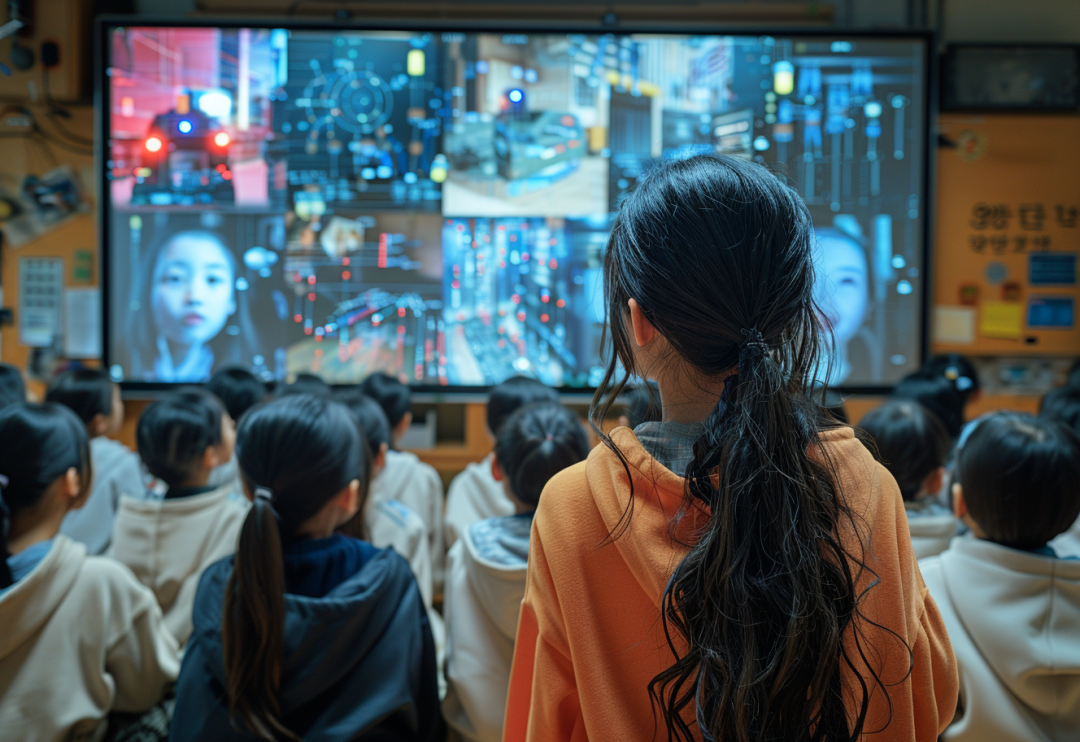
Why did generative artificial intelligence suddenly attract the strong interest of teachers?Because generative artificial intelligence is a large model pre-trained with massive data that can chat with you and generate new content based on your prompts, including text, images, videos, PPTs, lesson plans, articles, poetry, couplets, programming code, and more.The generative classroom is a new change after generative artificial intelligence becomes popular in school classrooms, changing the long-standing problems of traditional teaching methods that focus solely on lecturing, returning to the student-centered dialogic teaching methods that have been around for thousands of years. How Can Generative Artificial Intelligence Improve Lesson Preparation Efficiency?Generative artificial intelligence is a powerful tool for assisting teachers in dynamically generating teaching designs, helping teachers quickly convert national curriculum standards, educational theories, learning sciences, teaching strategies, and other related content into teaching plan documents, which teachers can then fine-tune based on their class’s learning situation.Readers can open iFlytek Spark on their computers or mobile phones to experience the following generative teaching design method—Prompt: You are an expert in middle school mathematics teaching. Please design a teaching plan for the two-variable linear equation in middle school mathematics, with specific teaching activities designed according to the “5E teaching model”.Readers can replace it with their course content and substitute the teaching model with the teaching theories they need to adopt, such as: Gagne’s Nine Events of Instruction, Flipped Classroom Teaching Model, Game-Based Learning Model, STEM, PBL Project-Based Teaching, etc. Generative artificial intelligence will immediately generate your teaching plan according to the teaching theory requirements you provide.
How Can Generative Artificial Intelligence Improve Lesson Preparation Efficiency?Generative artificial intelligence is a powerful tool for assisting teachers in dynamically generating teaching designs, helping teachers quickly convert national curriculum standards, educational theories, learning sciences, teaching strategies, and other related content into teaching plan documents, which teachers can then fine-tune based on their class’s learning situation.Readers can open iFlytek Spark on their computers or mobile phones to experience the following generative teaching design method—Prompt: You are an expert in middle school mathematics teaching. Please design a teaching plan for the two-variable linear equation in middle school mathematics, with specific teaching activities designed according to the “5E teaching model”.Readers can replace it with their course content and substitute the teaching model with the teaching theories they need to adopt, such as: Gagne’s Nine Events of Instruction, Flipped Classroom Teaching Model, Game-Based Learning Model, STEM, PBL Project-Based Teaching, etc. Generative artificial intelligence will immediately generate your teaching plan according to the teaching theory requirements you provide.


How Should Teaching Design Adapt to the Changes Brought by Generative Artificial Intelligence?Teachers can create a checklist for “human-machine” collaboration in teaching, including: designing teaching plans, preparing teaching resources, organizing students to interact with AI during class, assigning and checking students’ learning tasks, designing and grading assignments using generative artificial intelligence, and conducting teaching research.Teachers can use learning sheets to guide and control students’ specific learning processes in teaching. The learning sheet specifies that during teaching, students complete each learning activity step by step according to the teacher’s arrangements, including: learning activity name, prompt design for student interaction with generative artificial intelligence, AI’s response content, students’ critical thinking and comments on AI’s response content, and students’ final answers based on their own thinking, integrating AI and their own creativity.Among them, students’ independent thinking about AI’s responses is the focus of teachers’ attention and the basis for evaluating students’ learning activities. The learning sheet promotes an orderly learning process under the teacher’s control, records the learning process and thinking process, and can be reviewed and shared with the whole class, serving as an effective management tool to guide student learning. How to Log In and UseGenerative Artificial Intelligence Models for Collective Teaching?The UNESCO guidelines for using generative artificial intelligence in education and research emphasize that minors under the age of 13 cannot use generative artificial intelligence independently and must do so under adult supervision.Everyone knows that the first step in using generative artificial intelligence software in teaching is for teachers and students to be able to open and use it. How can we solve the above difficulties?To effectively use generative artificial intelligence in teaching, it is crucial for school leaders to pay attention, and schools and classes need to establish classroom regulations prohibiting students from bringing electronic devices into the classroom; establish a management responsibility system for teachers regarding the educational application of generative artificial intelligence, where teachers organize and control students’ use of tablets and other electronic devices according to the teaching arrangements, and organize students to interact with generative artificial intelligence during specified teaching segments, filling out learning sheets.Currently, some schools in educational digital experiment zones have practices where 2-3 class teachers register accounts on platforms like iFlytek Spark and Wenxin Yiyan, which are officially available to the public, and according to teaching plans, organize students to use the teachers’ accounts to log in and use generative artificial intelligence models. Each group of 3-4 students shares one device (comparative studies have shown that group use of AI is more effective than individual use). A class of 45 students requires about 3 teacher accounts. This approach of having teachers guide small groups of students is more conducive to teachers’ guidance and control of students’ learning activities using generative artificial intelligence.
How to Log In and UseGenerative Artificial Intelligence Models for Collective Teaching?The UNESCO guidelines for using generative artificial intelligence in education and research emphasize that minors under the age of 13 cannot use generative artificial intelligence independently and must do so under adult supervision.Everyone knows that the first step in using generative artificial intelligence software in teaching is for teachers and students to be able to open and use it. How can we solve the above difficulties?To effectively use generative artificial intelligence in teaching, it is crucial for school leaders to pay attention, and schools and classes need to establish classroom regulations prohibiting students from bringing electronic devices into the classroom; establish a management responsibility system for teachers regarding the educational application of generative artificial intelligence, where teachers organize and control students’ use of tablets and other electronic devices according to the teaching arrangements, and organize students to interact with generative artificial intelligence during specified teaching segments, filling out learning sheets.Currently, some schools in educational digital experiment zones have practices where 2-3 class teachers register accounts on platforms like iFlytek Spark and Wenxin Yiyan, which are officially available to the public, and according to teaching plans, organize students to use the teachers’ accounts to log in and use generative artificial intelligence models. Each group of 3-4 students shares one device (comparative studies have shown that group use of AI is more effective than individual use). A class of 45 students requires about 3 teacher accounts. This approach of having teachers guide small groups of students is more conducive to teachers’ guidance and control of students’ learning activities using generative artificial intelligence.
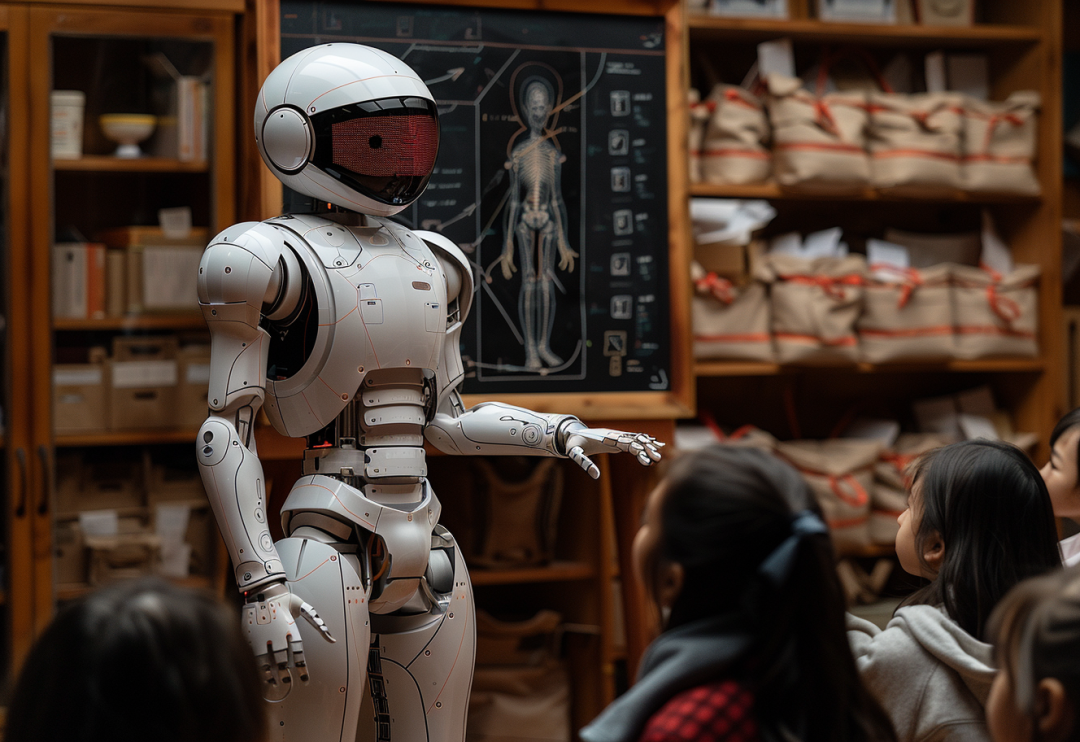
 How to Prevent Students from Cheating on Assignments UsingGenerative Artificial Intelligence?Teachers can improve assignment design and assessment methods in regular classroom teaching, applying generative artificial intelligence to the assignment process, effectively training students’ understanding and transfer abilities of professional subject knowledge. This new type of assignment training method is called “generative assignments”.The content and process of such assignments are randomly and dynamically generated, with uncertainty. Each time students face different problems, interactive dialogue unfolds between humans and machines, assessing whether students truly understand the teaching content and whether they can transfer the knowledge and skills they have learned. This not only helps students consolidate foundational knowledge and core concepts but also trains and cultivates students’ independent thinking and problem-solving abilities. Due to the dynamic generation characteristics of generative assignments, it helps to avoid cheating among students.
How to Prevent Students from Cheating on Assignments UsingGenerative Artificial Intelligence?Teachers can improve assignment design and assessment methods in regular classroom teaching, applying generative artificial intelligence to the assignment process, effectively training students’ understanding and transfer abilities of professional subject knowledge. This new type of assignment training method is called “generative assignments”.The content and process of such assignments are randomly and dynamically generated, with uncertainty. Each time students face different problems, interactive dialogue unfolds between humans and machines, assessing whether students truly understand the teaching content and whether they can transfer the knowledge and skills they have learned. This not only helps students consolidate foundational knowledge and core concepts but also trains and cultivates students’ independent thinking and problem-solving abilities. Due to the dynamic generation characteristics of generative assignments, it helps to avoid cheating among students. How to Prevent Students from Over-Relying on AI?Teachers should employ various methods to stimulate students’ interest in learning, for example, by using the “Winner Effect” and assigning challenging problems based on the “Zone of Proximal Development” principle, helping and encouraging students to solve problems through their own efforts, thereby gaining a sense of success, enhancing their interest and initiative in learning.Provide platforms for students to showcase, perform, and encourage them, reminding and suggesting to students to actively utilize AI, learn how to give prompts to generative artificial intelligence, and frequently remind students to critically think and judge AI’s responses, encouraging them to surpass AI and unleash their creativity.
How to Prevent Students from Over-Relying on AI?Teachers should employ various methods to stimulate students’ interest in learning, for example, by using the “Winner Effect” and assigning challenging problems based on the “Zone of Proximal Development” principle, helping and encouraging students to solve problems through their own efforts, thereby gaining a sense of success, enhancing their interest and initiative in learning.Provide platforms for students to showcase, perform, and encourage them, reminding and suggesting to students to actively utilize AI, learn how to give prompts to generative artificial intelligence, and frequently remind students to critically think and judge AI’s responses, encouraging them to surpass AI and unleash their creativity. What Changes Are There in Teaching Strategies and Classroom Language?In the generative classroom, teachers need to actively encourage students to make full use of AI while constantly reminding them to think independently and critically about AI’s responses. How teachers guide students and how students interact with AI are new situations that past teaching methods have not encountered. Teachers can try to see how AI teaches us to communicate in the classroom.Prompt: If students use AI to assist learning in the generative classroom, how should teachers guide, support, and control students? What changes will there be in the language used by teachers in the classroom? Please provide 20 examples of teacher classroom language.
What Changes Are There in Teaching Strategies and Classroom Language?In the generative classroom, teachers need to actively encourage students to make full use of AI while constantly reminding them to think independently and critically about AI’s responses. How teachers guide students and how students interact with AI are new situations that past teaching methods have not encountered. Teachers can try to see how AI teaches us to communicate in the classroom.Prompt: If students use AI to assist learning in the generative classroom, how should teachers guide, support, and control students? What changes will there be in the language used by teachers in the classroom? Please provide 20 examples of teacher classroom language.


How Can Schools Promote the Use of Generative Artificial Intelligenceto Facilitate Changes in Classroom Teaching Methods?How can principals and frontline teachers in grassroots schools effectively utilize generative artificial intelligence in their classroom teaching, allowing every student to enjoy the high-quality education brought by generative classrooms?Chongqing Ju Kui Middle School is a rural school located at the junction of Sichuan and Guizhou. The school organizes students to engage in dialogue with dedicated generative artificial intelligence models in the classroom, forming dedicated teaching assistants suitable for various subjects, which are promoted throughout the school.The specific practice of Ju Kui Middle School’s generative classroom is as follows: first, fully utilize the development features of models such as ByteDance’s Doubao AI, iFlytek Spark, and Zhipu Qingyan. Teachers “feed” the teaching methods, course content documents, and relevant educational resource URLs to the large model, customizing a dedicated generative intelligent agent or AI assistant for a specific class or unit. Then, teachers organize and guide students, designating the use of the teacher-prepared generative AI assistant, learning through human-machine interactive dialogue, including personalized prior knowledge supplementation, heuristic dialogue for Q&A, learning outcome evaluation, and more.Teachers have found that introducing dedicated generative AI assistants into the “generative classroom” significantly reduces the time teachers spend lecturing to the whole class, freeing up more class time for rich and personalized collaborative activities among “teacher-student-AI,” promoting deep learning among students.Their teaching reform experiments demonstrate that using generative artificial intelligence’s search-enhanced generation + large model features, every teacher can transform their subject teaching content, as well as educational resources available on national and provincial smart education public service platforms, into generative classroom resources suitable for their subject teaching, allowing teachers to effectively manage students’ use of generative artificial intelligence to assist learning, which could lead to significant changes in the concepts and practices of educational resource construction.
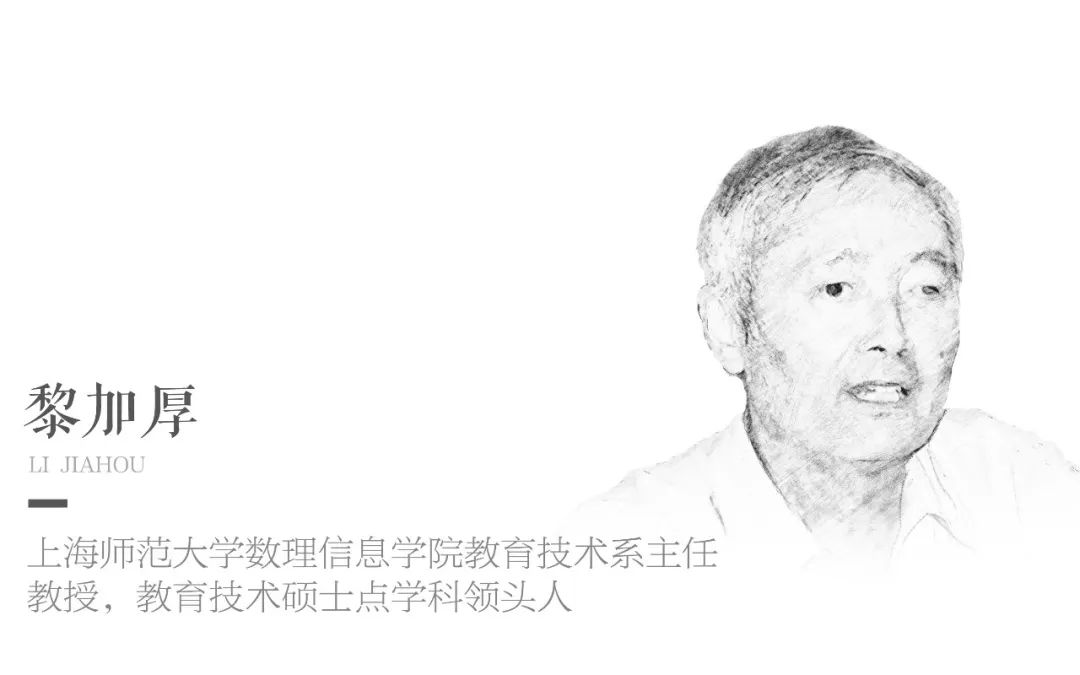
Source丨Information Technology Education in Primary and Secondary Schools, with omissionsEditor丨Zhang KaiDesign丨Zhang TianyuBusiness Cooperation | Teacher Chen 13594694330 (WeChat same number)Submission Email | [email protected]